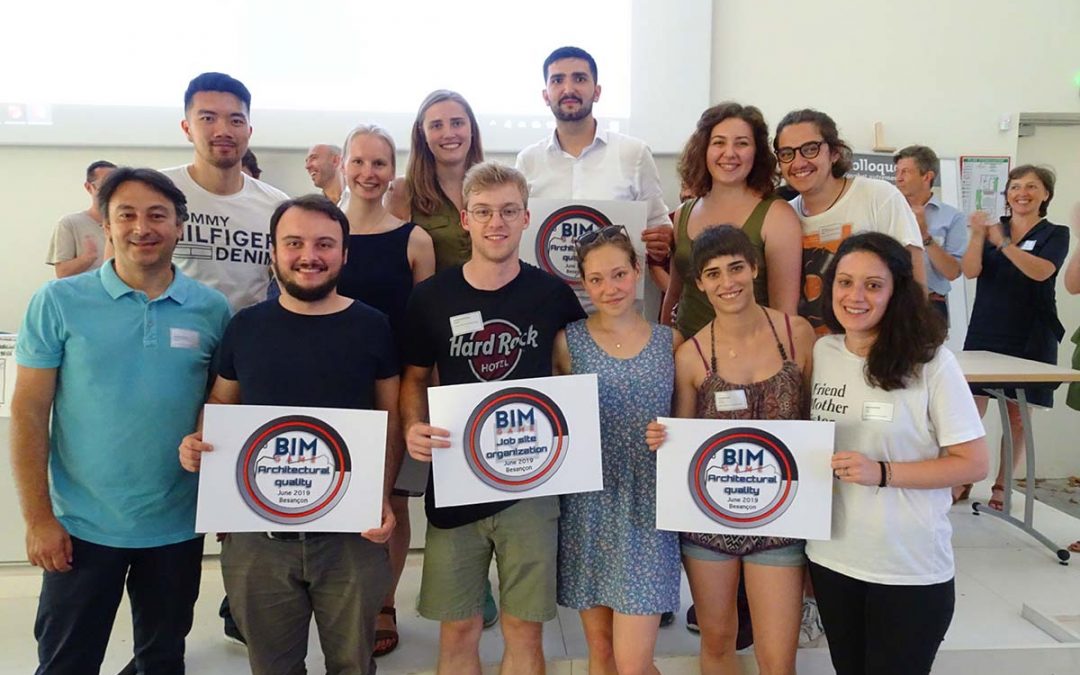The last session of the BIM Game took place on June 25th and 26th in Besançon under a radiant sun!
The final event BIM Game took place for two days at the foot of the Citadel of Besançon.
On the first day, German, Belgian, Spanish and Italian students participated in the last test session of the project. Mr. Mickael Langlet, professor at Le Lycée du Bois de Mouchard, had imagined for them a scenario that took place on the site of l’Arsenal in Besançon. The students had to imagine a construction allowing the entrance to the University and the connection with a second building.
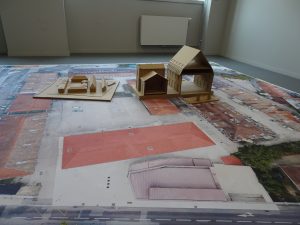
Each international team included two architects, a 4D manager and a 5D manager. Added difficulty: each job worked in a different room. The use of digital communication tools and data exchange was therefore essential!
To recognize the skills of the different teams, the jury of professionals had an open-badge platform. Mickael Langlet had created three badges of skills that could be recognized in his scenario: BIM collaboration, Job site organization and Architectural quality.
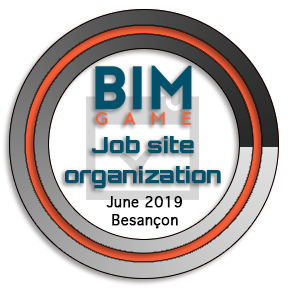
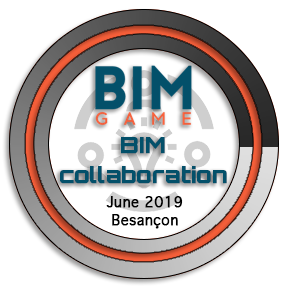
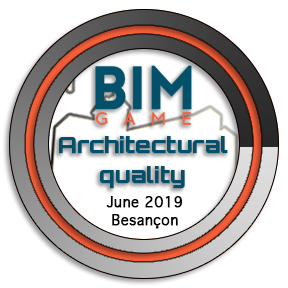
In addition, this scenario had another specificity: the teams had to build a cardboard model, integrable with a model of the site, in addition to their digital model.
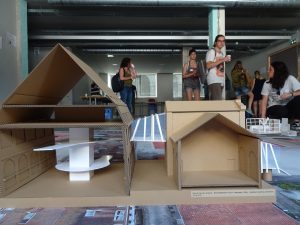
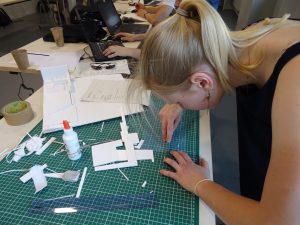
Throughout the day, students showed how important collaboration is to a successful project. The quality of the work achieved was recognized by the issuance to all teams of the open-badge “Architectural quality”. A remarkable work hailed by the general public!
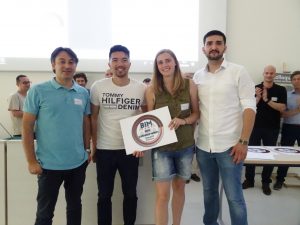
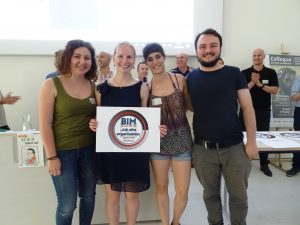
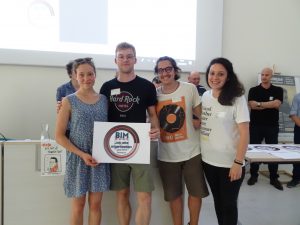
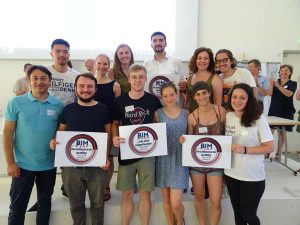
BIM and reuse of building materials on June 26
The second day was organized in collaboration with the Grand Besançon and Pôle Energie. It mixed projects BIM Game and ToB3 around the BIM and reuse of building materials.
First, Lionel Bousquet, architect in Brussels, presented a lecture on the contribution of the BIM digital model to the circular economy. He started from the example of the renovation of a city center house in Brussels. Then Ömer Özcan, from the University of Wuppertal, proposed a lifecycle analysis method using BIM for sustainable buildings. Finally, Julie Benoît, of Bellastock, gave feedback on the support of contractors and territories for re-employment. Finally, an exchange session with the public, led by Mr. Colin Bouriquet, closed the morning.
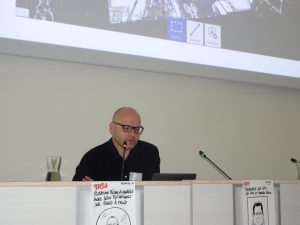
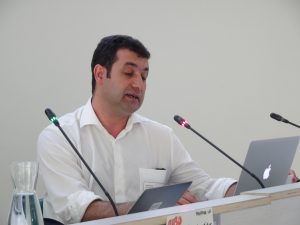
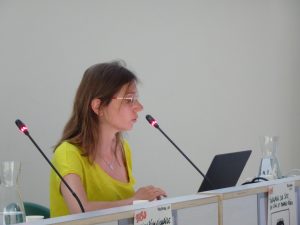
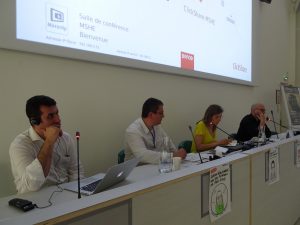
In the afternoon, workshops were organized around BIM. Julie Benoît, along with Sylvain Dousse from the Rectorat de Besançon construction service, presented a pilot project in our territory to train, organize collectively and create a sector around the circular economy. Ronan Bellier, from Pôle Fibres Energivie, explained how BIM facilitates operational maintenance. Amélie Halbach, from the University of Liège, offered BIM as a decision support tool for deconstruction or demolition.
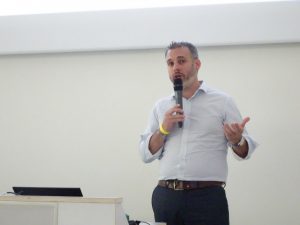
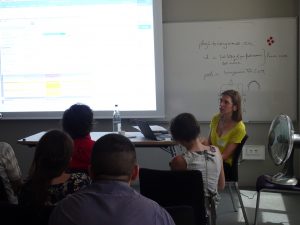
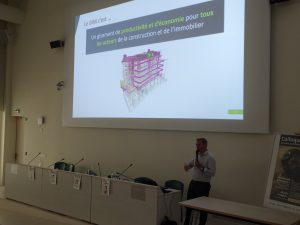
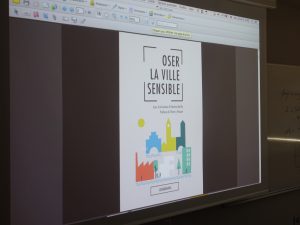
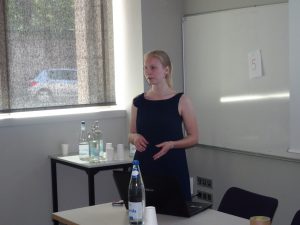
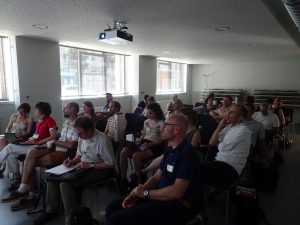
An event such as this one could not be complete without moments of conviviality to allow the professionals to exchange. On the evening of the 25th, the “La Rodia” concert hall welcomed the members of the project and all the professionals interested in a festive cocktail party.
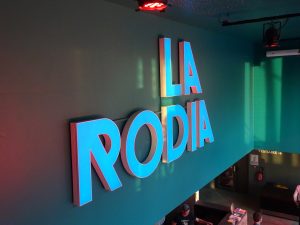
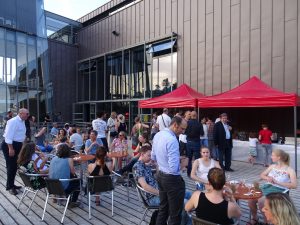
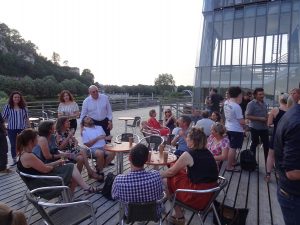
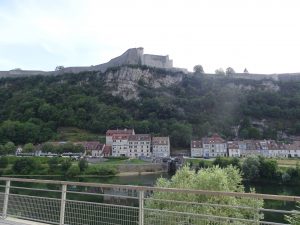
In the end, the BIM Game project has forged strong links between the project partners, beyond the mere professional link. This Erasmus + project has shown how common European issues are and that together they are easier to solve. The BIM Game will now be made available to the general public. It will be used soon in Strasbourg (France) and Rende (Italy) as part of the Erasmus + ToB3 project. The BIM Game is now flying on its own!
